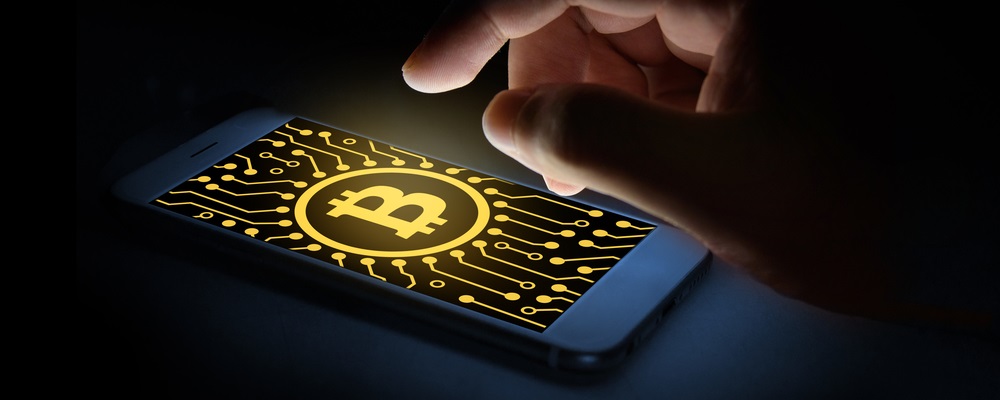In its 17th-century Gouden Eeuw (Golden Age), the United Provinces of the Netherlands rode high on a wave of self-confidence. The Dutch had thrown off the yoke of Spanish control, establishing themselves as the premier trading nation of Europe … and, indeed, of the world.
 |
| A Satire of Tulip Mania by Jan Brueghel the Younger (ca. 1640) |
With self-confidence came folly.
Dutch traders had recently introduced tulips from the Ottoman Empire to Holland. They rapidly became a coveted luxury item amongst the mercantile elite.
But they were difficult to grow in Northwest Europe. Consequently, single bulbs of unusual varieties could fetch prices that made working for a living seem insane.
During the chilly winter months when tulips would not grow, the canny Dutch invented formal contracts to buy tulips at the end of the growing season — the first futures market.
As the winter of 1636 began, the price of these futures contracts began to increase rapidly. By February 1637, a contract for a single bulb could fetch the equivalent of 10 times the average household’s income.
Then the bubble burst. Tens of thousands of investors lost everything — and more.
Are we amidst such a mania once again? Those of us who watch the bitcoin market are becoming nervous…
On May 25, a single bitcoin was worth twice as much as an ounce of gold — $2,430. It had been worth as much as a single ounce of gold only a few weeks before that.
The Economist asked the right question about this extraordinary surge:
Is this just a speculative mania, or is it evidence that bitcoin is taking on a more substantial role as a medium of exchange or a store of value? Put another way, is bitcoin like a tulip, gold or the dollar — or is it something else entirely?
That’s what I want to know. You should, too.
The Tulip Mania was a speculative hysteria in which a rising price encourages ever more buyers, no matter what the asset is. If it’s going up, went the logic, I want to go up with it.
Such environments are ripe for scamming. In the 17th century, unwary investors bought onions sold as tulip bulbs. Today, startups issue “initial coin offerings” (ICOs), selling new, untested digital currencies … in exchange for bitcoins, of course.
Tulips are basically useless except as an aesthetic pleasure. Bitcoins, on the other hand, can buy things, just as gold can. Like gold, bitcoin is valued both as a store of value and as a means of exchange. Is bitcoin like gold, then?
Maybe, but the bitcoin price is far more volatile than the price of gold. The optimists say this doesn’t matter, because the gold market is worth trillions of dollars and is far more active. Global bitcoin capitalization is a mere $43 billion.
But still: a doubling of bitcoin’s price in a month? That’s pretty frothy.
What Is Bitcoin?
Like my wise investment-oriented colleagues, bitcoins have me stumped. We remain uncertain about the digital currency’s future.
Bottom line: If it’s just a form of money, it’s appreciating far too quickly. Unlike, say, the dollar and oil, there’s no real-world commodity driving this surge.
Ditto if it’s an asset of some kind … especially since the bitcoin market is comparatively small, and a large liquidation of someone’s holdings could send it tumbling. It’s quite a risky bet, in fact, and one would expect risk pricing to be in play.
Of course, bitcoin may be valued as a gateway to future innovation. The blockchain, the decentralized database technology underlying the e-currency, is already undergoing furious development in a variety of contexts.
But initial technologies don’t always end up as the ultimate money-spinners. Atari, MITS and Tandy all innovated personal computers. Their products are now worthless museum pieces — but Intel and Microsoft, which got their start developing products based on those platforms, are now amongst the world’s most valuable companies.
Besides, who holds bitcoins because the blockchain might make money for someone else someday?
Bitcoin Do’s and Don’ts
It’s too early to tell if bitcoin is a sustainable investment. But I can tell you a few things to do … and not to do … with the digital currency.
Do invest a sensible portion of your portfolio in it, if you understand and can afford the risks.
Do approach bitcoin as a buy-and-hold strategy. If it drops, don’t sell. Wait for it to come back.
Don’t look to make a quick killing with bitcoin. It’s far too unpredictable and detached from the sort of known and understood fundamentals that underpin our market analyses here at Banyan Hill.
Don’t make bitcoin a part of your retirement portfolio unless you can really afford the risk and potential loss.
Dutch investors in 1637 had no antecedent with which to compare the market for tulips. Thanks to them and others like them who’ve seen bubbles come and go over the centuries, we do.
My advice is: Treat bitcoin as a flower that may well bloom … but keep your garden diversified.
Kind regards,

Ted Bauman
Editor, The Bauman Letter
Editor’s Note: For the first time in nearly a century, countries like China, Russia and Iran are now trading goods without using the world’s reserve currency: the U.S. dollar. Why? Because our government has engaged in a nonstop spending spree for 30 years straight … racking up a mountainous pile of debt we can simply never pay back. It’s essential to have an exit route with a second citizenship and passport so you can leave the U.S. at a moment’s notice and have a place to escape to and live comfortably … or even retire in luxury, should you choose to do so. Click here to learn why the Plan B Club is an invaluable resource for Americans who want to know how to plan a move overseas.



